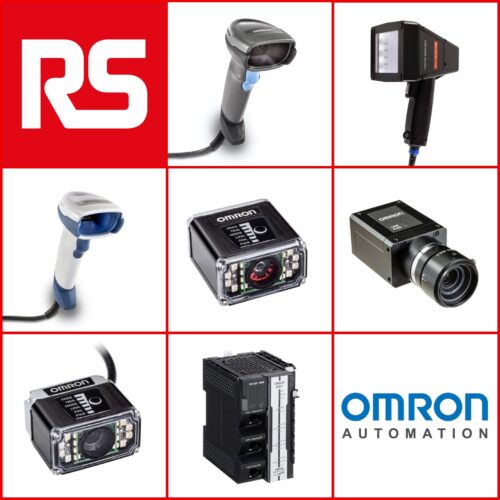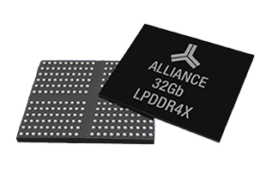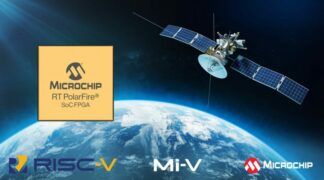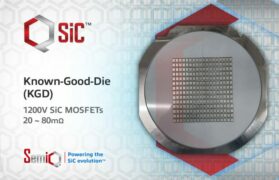Omron’s Traceability 4.0 products are engineered to execute the four essential elements of Traceability 4.0 — mark, verify, read, and communicate (MVRC) — accurately and reliably, helping manufacturers guarantee quality, safety, and compliance, improve production efficiency, and strengthen their brand.
RS, a trading brand of RS Group plc (LSE: RS1), a global provider of product and service solutions for industrial customers, offers Omron Automation’s advanced suite of Traceability 4.0 solutions for Industry 4.0 applications.
Traceability allows manufacturers to track and share information about products as they move throughout the supply chain from production and processing to distribution. It’s essential for providing quality, safety, and compliance and can also help manufacturers improve efficiency and strengthen their brand.
Traceability has come a long way since its start in the 1970s. Traceability 1.0 enabled automated product identification. Traceability 2.0 added inventory and finished goods visibility in the 1980s, and Traceability 3.0 added material and production unit visibility in the 2000s. Traceability 4.0 leverages process visibility enabled by Industry 4.0 technologies, adding actionable data about people, processes, equipment, and parts that manufacturers can use to improve production process efficiency.
The four essential elements of Traceability 4.0 are mark, verify, read, and communicate (MVRC). Omron Automation offers a range of advanced solutions optimized for each.
Mark: The basis for traceability is the barcode. Machine-readable component identification marks, including barcodes and direct product markings (DPMs), contain comprehensive information about individual parts and are the heart of every traceability solution.
Verify: Verifying these identification marks for authenticity and reliability according to standards developed by the International Organization for Standardization (ISO). This ensures that they’ll remain legible throughout the part lifecycle, even in hazardous industrial environments, and is vital given the value of the data they convey.
Omron Automation’s LVS-9585 handheld DPM barcode verifier is an excellent example of a multifunctional, globally relevant verification solution with comprehensive quality analysis and reporting features. This one tool can verify DPMs to ISO, MIL-STD-130, and GS1 standards and printed barcodes to ISO/IEC, ANSI, GS1, and USDI print quality standards. It can also verify 2D codes, including multi-row and matrix codes, inspect all nine of the ISO (ANSI) parameters in linear (1D) codes, and provide exportable Excel or SQL database reports for all parameters per ISO/IEC and MIL-STD-130N specifications. Additional advantages include an auto-find feature that helps users find DPMs within the field of view. An automatic lighting feature optimizes the visibility of each DPM and material substrate. There are multi-sector verification capabilities for multiple barcodes and GS1 AI content. An NIST-Traceable Calibrated Conformance Standard Test Card for calibrating the system, and support for 15 languages with the ability to add more.
Read: Another essential element of Traceability 4.0 is accurately reading barcode data. Handheld solutions include the V410-H high-resolution handheld barcode reader family. This series of handhelds offers solutions for long-distance, life sciences, hospital, and industrial environments and is equipped with Omron’s industry-leading X-Mode decoding algorithm, which allows users to read damaged, distorted, and otherwise challenging identification marks quickly and accurately.
Fixed-mount options include Omron’s MicroHAWK V420 serial/USB miniature barcode readers and MicroHAWK V430 Industrial Ethernet barcode readers. These ultra-compact barcode imagers support flexible integration and adaptation with a series of accessories and software features including X-Mode decoding algorithms, enhanced password protection for improved cybersecurity, and advanced data output formatting. They are also available with a liquid lens autofocus feature, which improves focusing speed and focal length. The V420 series supports serial, USB 2.0, and Ethernet over USB communications and reliably outperforms competing solutions in its class. The V430 series supports EtherNet/IP, Ethernet, TCP/IP, and PROFINET communications and is the smallest IP65/67-rated true Industrial Ethernet barcode reader on the market.
Smart camera solutions are available with machine vision tools that allow them to add industrial inspections to the barcode reading functionality. These include Omron’s rugged and ultra-compact MicroHAWK F430 Industrial Ethernet smart cameras and the new F440 user-configurable smart cameras, both of which include the AutoVISION intuitive setup and configuration tool and feature all of the same wiring. The F430 cameras are the smallest IP65/67 true Industrial Ethernet cameras available on the market, while the F440 cameras are available with user-configurable lensing and lighting options.
Communicate The final essential element of Traceability 4.0 is the ability to transmit the traceability data captured by readers to manufacturing execution system (MES) or enterprise resource planning (ERP) systems that allow manufacturers to act on that information. This communication is vital to identifying process bottlenecks and the source of production failures, as well as to implementing targeted product recalls.
Omron solutions include machine automation controllers designed to facilitate complete process control, boost system flexibility, and enhance overall traceability performance. The Sysmac NJ501 Machine Automation Controller (MAC) is Omron’s flagship controller for robust safety, accurate motion, and transparent control. It features a powerful Intel Atom processor that delivers proven performance in harsh environments and is significantly more adaptable and scalable than traditional but rigid ASIC-based architectures. It also comes standard with OPC UA server functionality to better support data exchange between machines and from machines to IT systems. Its NX102 MAC is engineered to decrease IIoT implementation time by capturing multi-vendor data using native communication networks. Reduce the installation costs and delayed refresh rates associated with managed switches for motion control. Decrease programming time with the integrated Sysmac Studio development environment. Efficiently consolidate and transmit data to a central location in a web server without additional licenses or computers to broker data.
For more information about Traceability 4.0, please check out Omron’s new “Traceability 4.0 for Industry 4.0” RS Expert Advice article and visit the links embedded here. For assistance in identifying, procuring, deploying, and maintaining Traceability 4.0 solutions engineered to execute the MVRC processes essential accurately and reliably to tracking products please contact your local RS representative at 1.866.433.5722 or reach out to our technical product support team.










